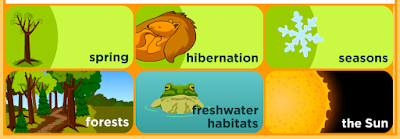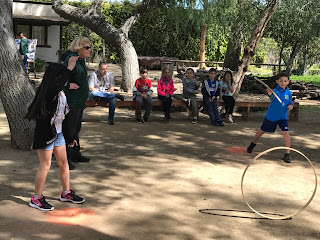 |
| photo by Ms. Tulbure |
The first day of spring is called the
Vernal Equinox.
Spring started on Monday, March 20, 2017, at 3:29 A.M. (PDT) in southern California. It is called the Vernal Equinox. There are two times when the sun is exactly above the equator.
1. The Autumnal Equinox is in September. (First day of fall.)
2. The Vernal Equinox is in March. (First day of spring.)
Equinox means equal night and there are nearly twelve hours of day and twelve hours of night.
One sign of spring is the abundance of colorful flowers that start blooming everywhere!
The California poppy is the state flower. They are popping up everywhere.
 |
| Poppies by Mrs. Yollis |
The mariposa lily can be found on hiking trails. The beautiful bloom is a quite picturesque!
Lilac bushes are starting to blossom in backyards! What a lovely aroma!
 |
| Lilac photo by Mrs. Yollis |
What signs of spring have you noticed? Take a photo from your backyard and I'll add it to this post!

















